Archives
- 2025-11
- 2025-10
- 2025-09
- 2025-03
- 2025-02
- 2025-01
- 2024-12
- 2024-11
- 2024-10
- 2024-09
- 2024-08
- 2024-07
- 2024-06
- 2024-05
- 2024-04
- 2024-03
- 2024-02
- 2024-01
- 2023-12
- 2023-11
- 2023-10
- 2023-09
- 2023-08
- 2023-07
- 2023-06
- 2023-05
- 2023-04
- 2023-03
- 2023-02
- 2023-01
- 2022-12
- 2022-11
- 2022-10
- 2022-09
- 2022-08
- 2022-07
- 2022-06
- 2022-05
- 2022-04
- 2022-03
- 2022-02
- 2022-01
- 2021-12
- 2021-11
- 2021-10
- 2021-09
- 2021-08
- 2021-07
- 2021-06
- 2021-05
- 2021-04
- 2021-03
- 2021-02
- 2021-01
- 2020-12
- 2020-11
- 2020-10
- 2020-09
- 2020-08
- 2020-07
- 2020-06
- 2020-05
- 2020-04
- 2020-03
- 2020-02
- 2020-01
- 2019-12
- 2019-11
- 2019-10
- 2019-09
- 2019-08
- 2019-07
- 2018-07
-
br Introduction The amino acid glycine functions as
2022-01-03
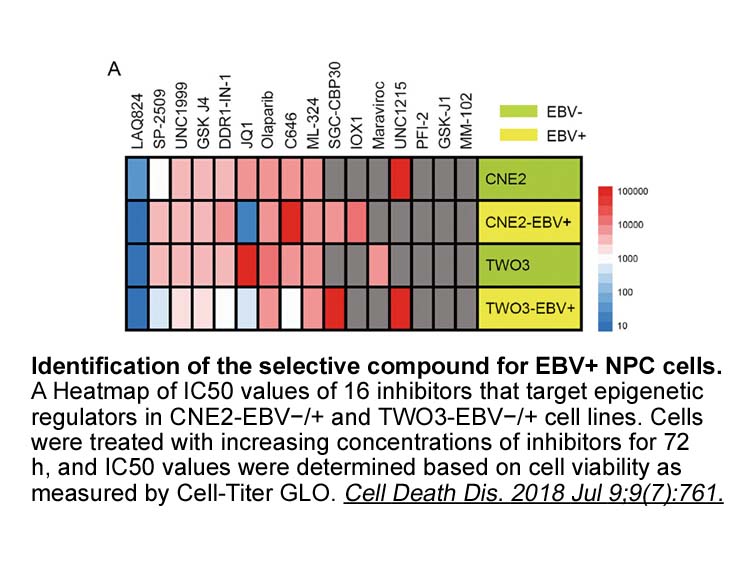
Introduction The amino Fluorescein RNA glycine functions as a neurotransmitter in the vertebrate central nervous system: as an inhibitory neurotransmitter and as a co-agonist of the NMDA-subtype of excitatory glutamatergic receptors (Eulenburg et al., 2005). Under a current hypothesis that schiz
-
br Acknowledgements Support provided by
2022-01-03

Acknowledgements Support provided by projects PTDC/SAU-MIC/115178/2009 and PEst-OE/QUI/UI0612/2011 from the Fundação para a Ciência e a Tecnologia, Portugal. Diabetes Mellitus Diabetes mellitus is a chronic, multisystem metabolic disorder caused by a combination of environmental and genetic f
-
Tamoxifen is still the most frequently used selective
2022-01-03
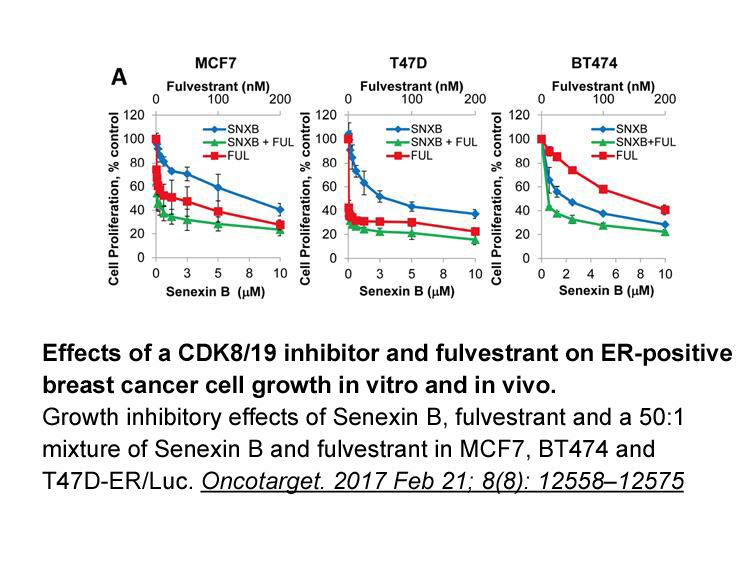
Tamoxifen is still the most frequently used selective estrogen receptor mediator (SERM) in premenopausal women suffering from estrogen receptor positive (ER+) breast carcinomas [15]. Although this therapy has been proven very successful, about 20–30% of ER+ breast tumors will not respond, or acquire
-
moreover Free fatty acid receptor FFAR also known
2022-01-03
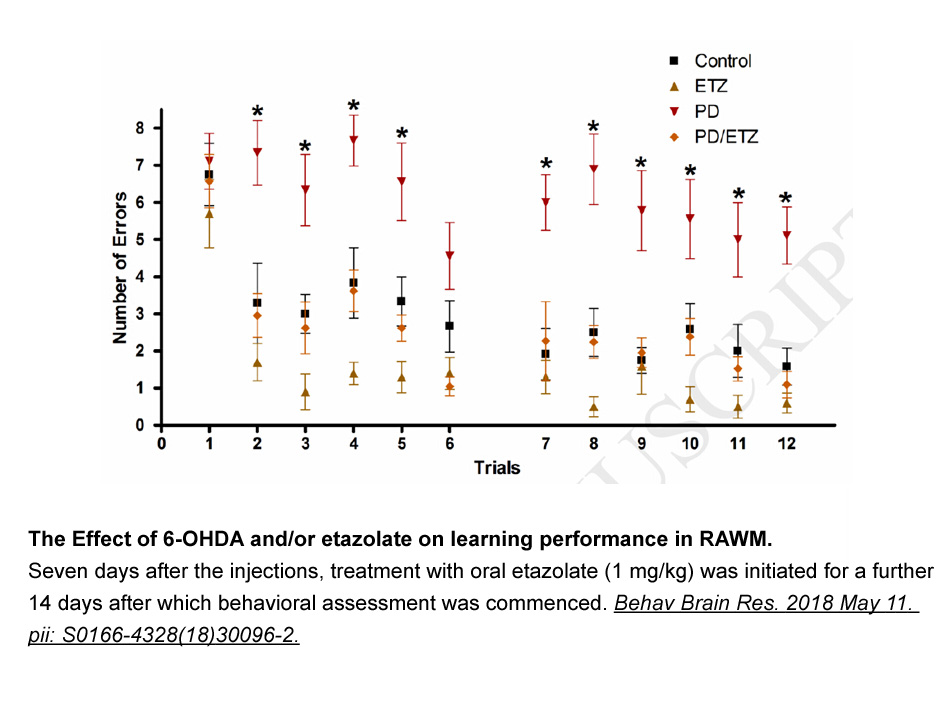
Free fatty moreover receptor 1 (FFAR1, also known as GPR40) belongs to the family of G protein-coupled receptors (GPCRs) and was de-orphanized in 2003 as a receptor for medium-to long-chain free fatty acids (FFAs) [9,10]. Mainly expressed in beta cells of pancreatic islets, GPR40 can be activated b
-
Instead our results reveal that autophagy controls the membr
2022-01-03

Instead, our results reveal that autophagy controls the membrane association of the cargo-selective SNX-BAR retromer assembly (comprised of the VPS35/29/26 trimer in association with SNX1/2 and SNX5/6), which has been demonstrated to promote GLUT1 surface recycling. Accordingly, GLUT1 localization i
-
The post translational modification O GlcNAcylation is
2022-01-03
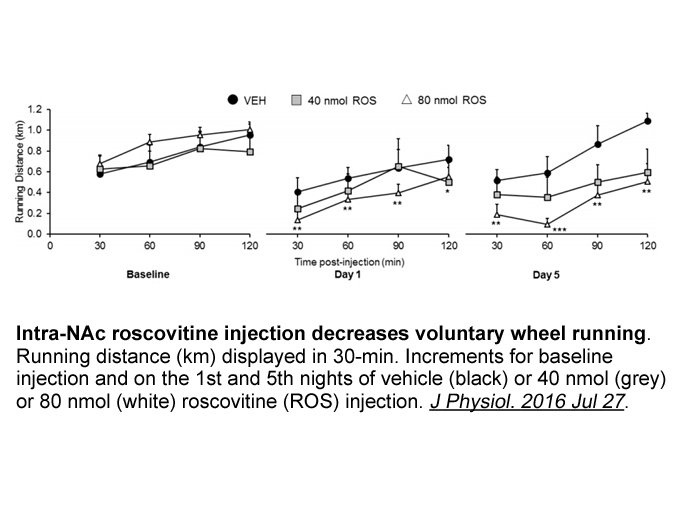
The post-translational modification O-GlcNAcylation is also dependent upon glucose fluctuations. O-GlcNAcylation has been linked to insulin resistance and glucose toxicity in diabetes and its comorbidities [11]. O-GlcNAcylation is a dynamic modification tightly regulated by the nutritional sensor UD
-
Ghrelin readily crosses the blood brain
2022-01-03

Ghrelin readily crosses the blood protease inhibitor barrier (Banks et al., 2002, Banks et al., 2008), and recent studies have identified central nervous system sites of action for ghrelin-mediated appetite and hyperphagia (Alvarez-Crespo et al., 2012, King et al., 2011, Schele et al., 2016, Skibic
-
Immunohistochemistry analysis shown ghrelin and GHSR a immun
2022-01-03
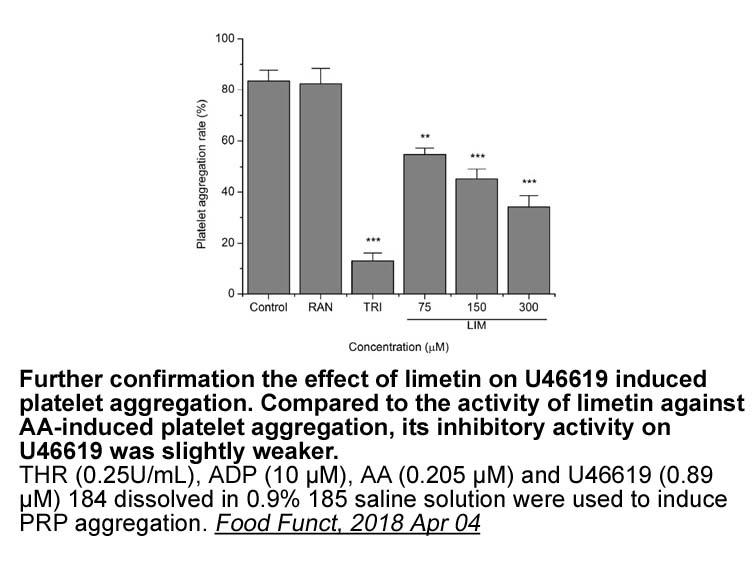
Immunohistochemistry analysis shown ghrelin and GHSR-1a immunostaining was located in the epithelial cells of cytochalasin d and ducts throughout the lactation, strong immunoreactive cells were detected in L30, L60 and L120 stage. The distribution of ghrelin has been shown in many tissues, including
-
One effective approach to fine tuning the lipophilicity prof
2022-01-03
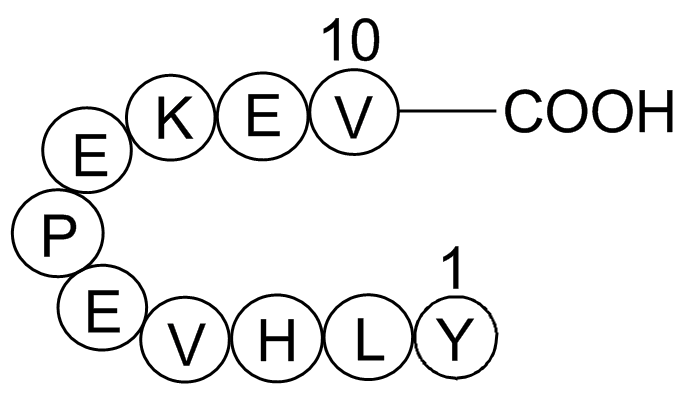
One effective approach to fine-tuning the lipophilicity profile of FFA1 agonists is to ‘decorate’ the 3-phenylpropahoic MLN9708 scaffold with polar heterocyclic moieties. Alternatively, this scaffold could be replaced with heterocyclic isosteres (as in Takeda’s compounds 1,2 and 3 as well as Amgen’
-
QX 314 chloride In addition several other considerations
2022-01-03
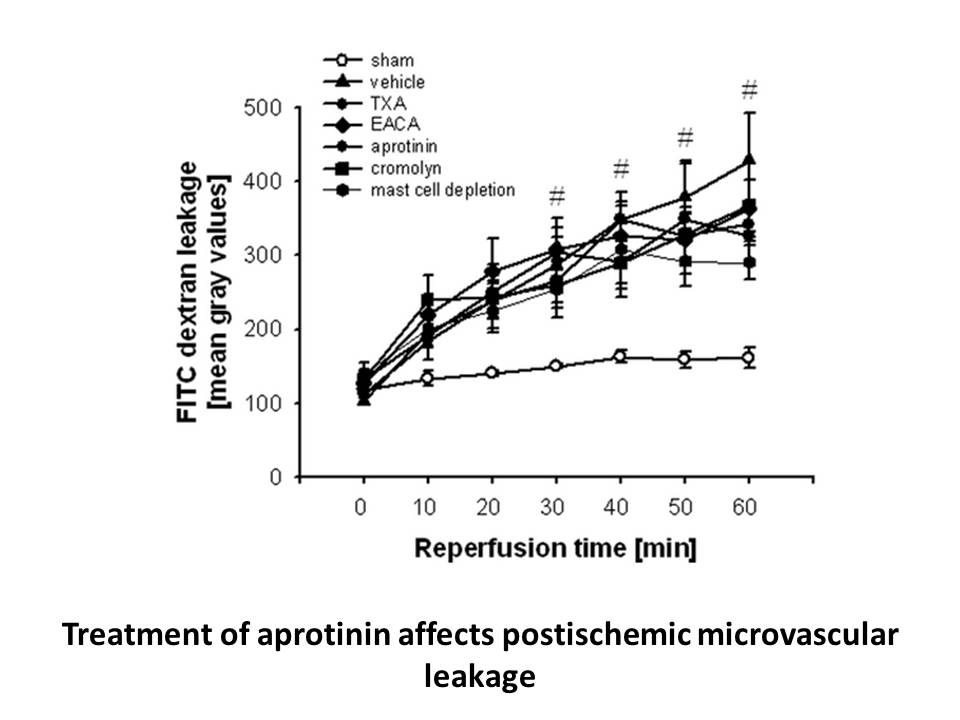
In addition, several other considerations were made for the optimization exercise. While the structural features of the endogenous ligands for long-chain fatty QX 314 chloride receptors suggest obtaining orthosteric agonists with drug-like properties may be challenging, the optimization efforts were
-
The exact mechanism by which N
2022-01-03

The exact mechanism by which N-BPs inhibit FPPS remains unclear. Computer modeling [10] suggests that N-BPs mimic the structure of the enzyme’s natural isoprenoid pyrophosphate substrates, geranyl pyrophosphate (GPP)/dimethylallyl pyrophosphate (DMAPP) or act as carbocation transition state analogs
-
br Chemistry All the title molecules were generally synthesi
2022-01-03
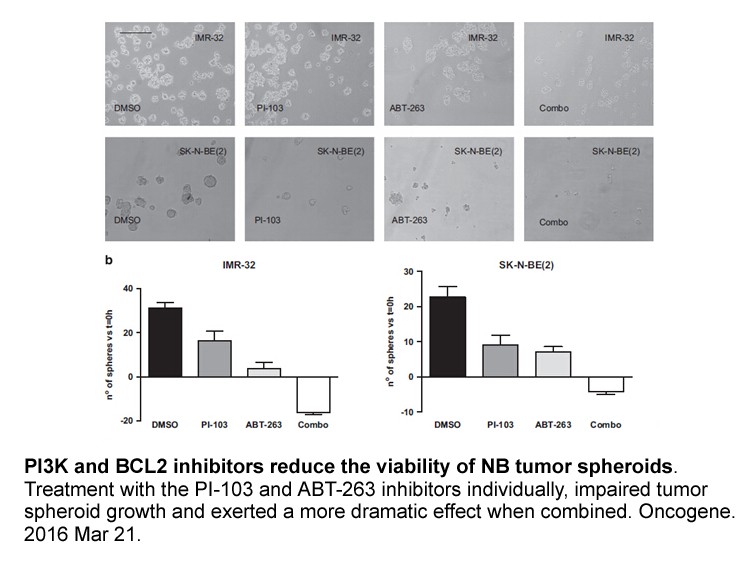
Chemistry All the title molecules were generally synthesized using the procedures shown in Scheme 1, Scheme 2, Scheme 3 [17,18,23,24]. The key 2-chloropyrimidine intermediate 11 was prepared according to our previously reported method via subsequent formylation, reduction, and nucleophilic substi
-
VU 0155069 In the course of an internal FAAH program
2022-01-03

In the course of an internal FAAH, program,, , , , , , , , , , , , , many very similar compounds were profiled in vivo with particular interest paid to their ability to penetrate the BBB. The compounds profiled were heteroaryl piperazinyl and piperadinyl ureas; a class of compounds, reported on pre
-
br Conclusions In summary our results
2022-01-03
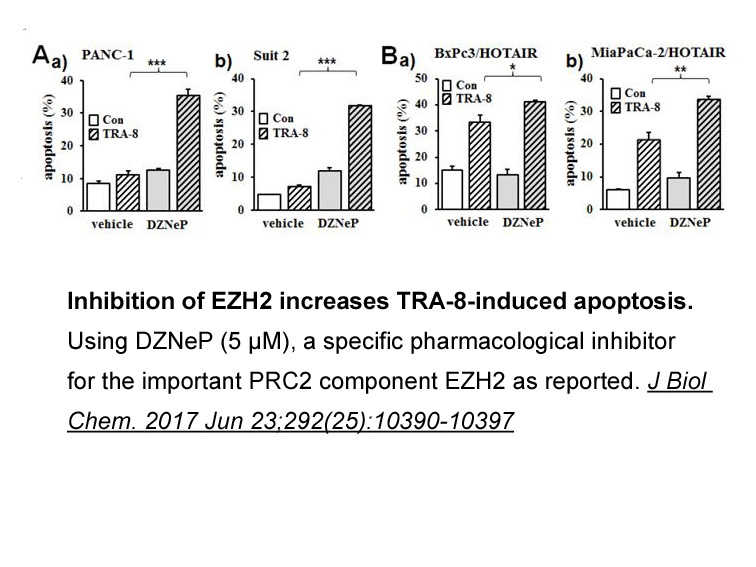
Conclusions In summary, our results demonstrate that in short term effect, TBT induced concentration-dependent vasorelaxation of HUA rings. Regarding the long term effects, exposure to a concentration of 100 μM TBT the human umbilical pitavastatin have a dual effect, and a decrease of the 5-HT2A
-
MAP Ks act at the level of MST to phosphorylate
2022-01-03

MAP4Ks act at the level of MST1/2 to phosphorylate LATS1/2 and regulate the Hippo pathway (Box 1). Of particular interest is the involvement of MAP4K4, a key metabolic regulator [88] and common polymorphisms in the MAP4K4 locus are associated with T2D and insulin resistance [89] in adipogenesis. In
15052 records 534/1004 page Previous Next First page 上5页 531532533534535 下5页 Last page